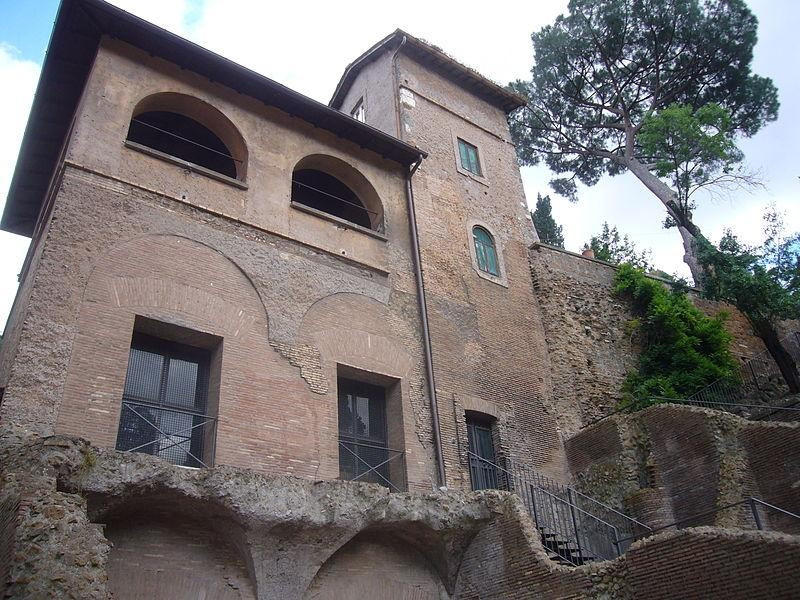Sepolcro degli Scipioni
The Tomb of Scipio is a funerary monument from the Roman period, along the Via Appia Antica. Incorporated in part in a home of the third century, it was rediscovered in 1616 and in 1780, during work on the construction of a basement. The foundation dates back to the third century BC by Lucius Cornelius Scipio Barbato, Consul in 298 BC, whose sarcophagus, only remained intact, occupied the place of honor and is now in the Vatican Museums. The inscriptions on the sarcophagi allow us to date the use until 150 BC. The decoration is attributed to Scipione the Emiliano, and is a prime example of Hellenization of Roman culture. The Monument is divided into two distinct parts: the main, dug in tufa, is sqare and a has a gallery, the second is built in brick, with separate entrance. The main body is divided by four galleries by large pillars that intersect perpendicularly. On the facade remains only a small part with paintings: consisted of a high podium with frames, in which there were three arches that led, respectively, central ipogeo to the new room on the right, and the third-blind, only ornamental. Only traces of the original frescoes remain: the two oldest (second century BC) have historical scenes, and the last, most recently, has a simple decoration in red (first century AD). From tThe Tomb of Scipio come two tuff heads, one of which was discovered in the eighteenth century, now in the Vatican Museums, and one discovery in 1934 and immediately stolen. The first was that of Ennio, the poet who had his own statue on the facade of the Hypogeum, but attribution is not correct. The sarcophagi were about thirty, the most important monolithic, the other against the walls at a later time.



